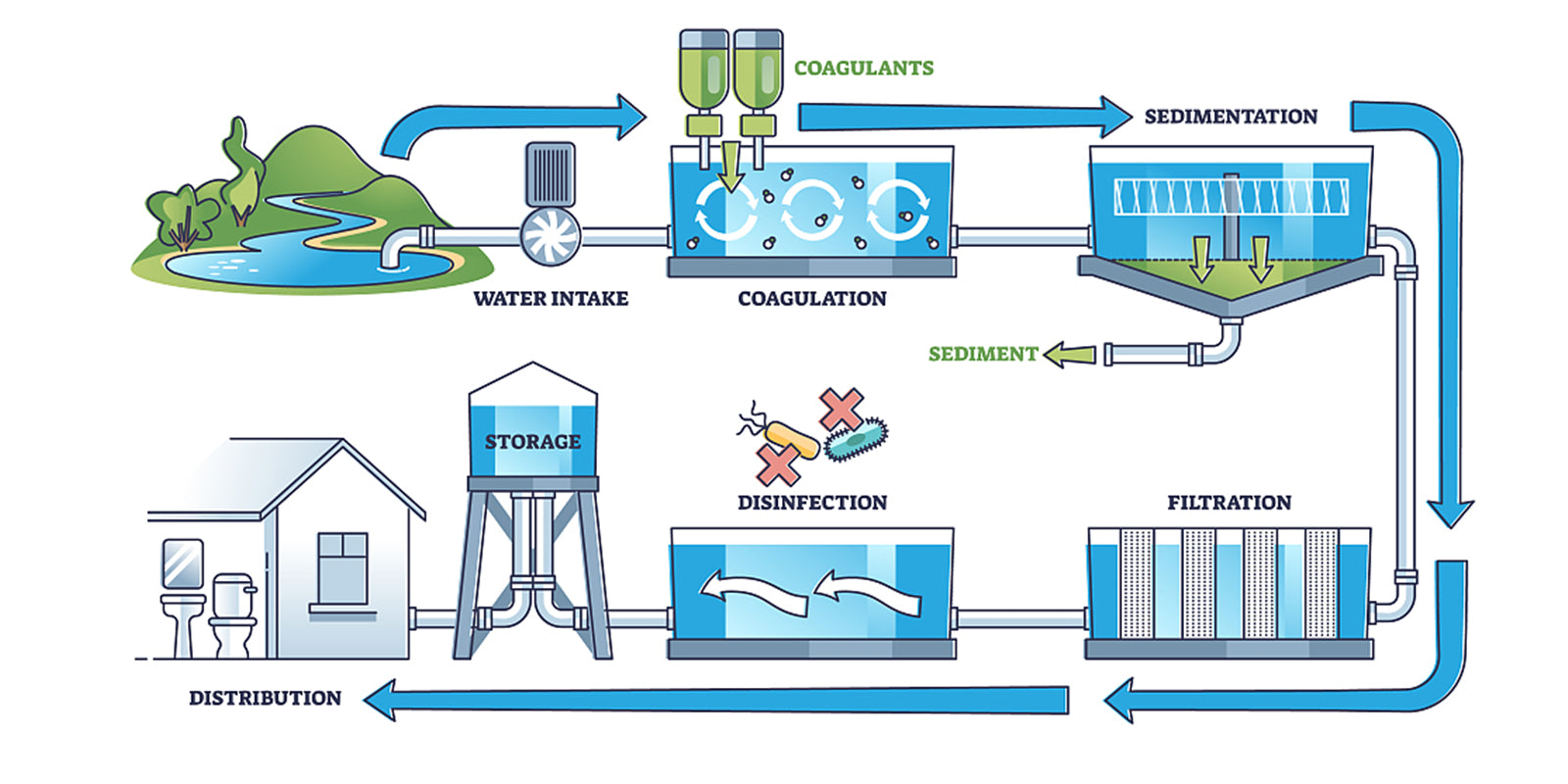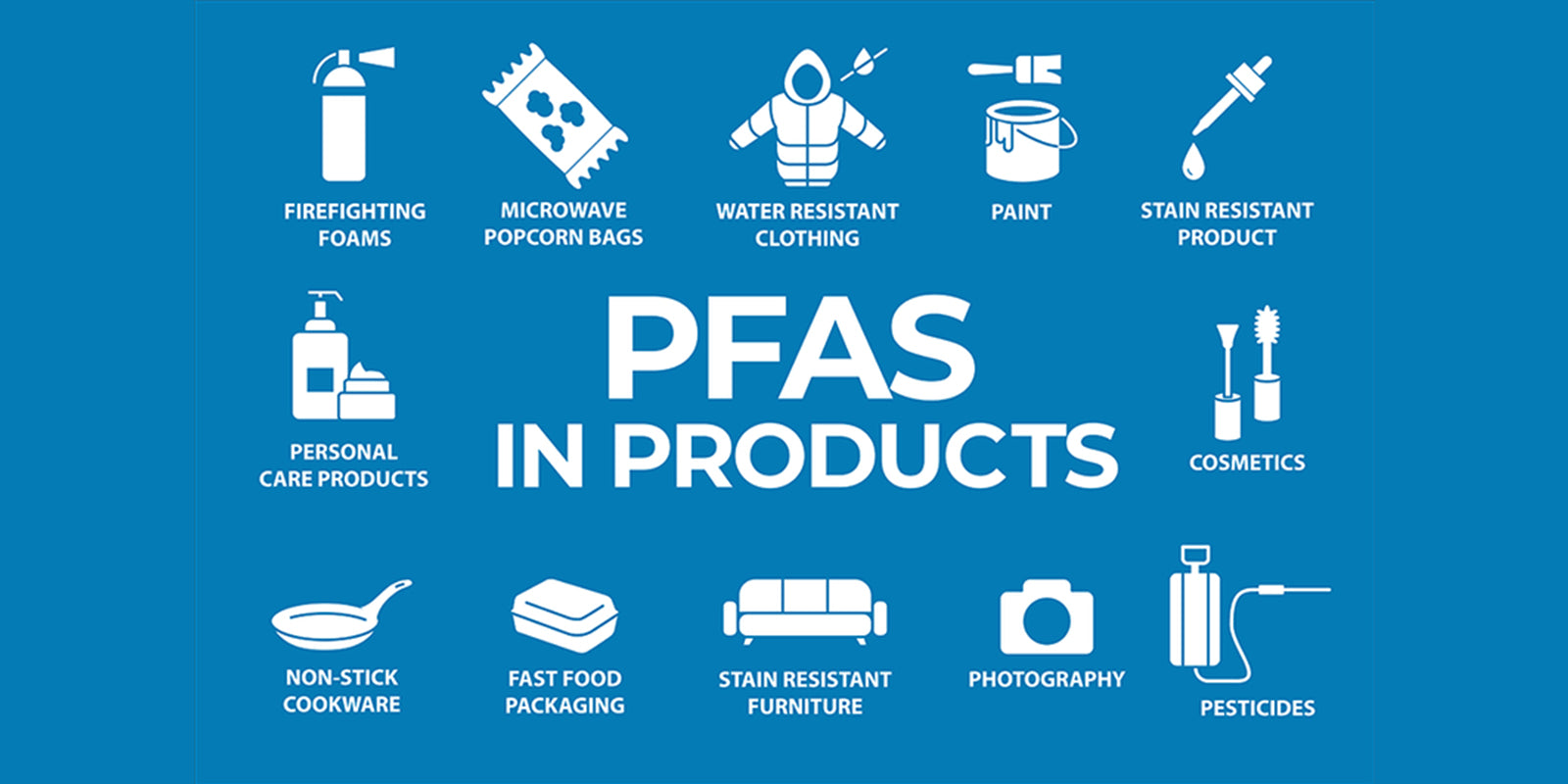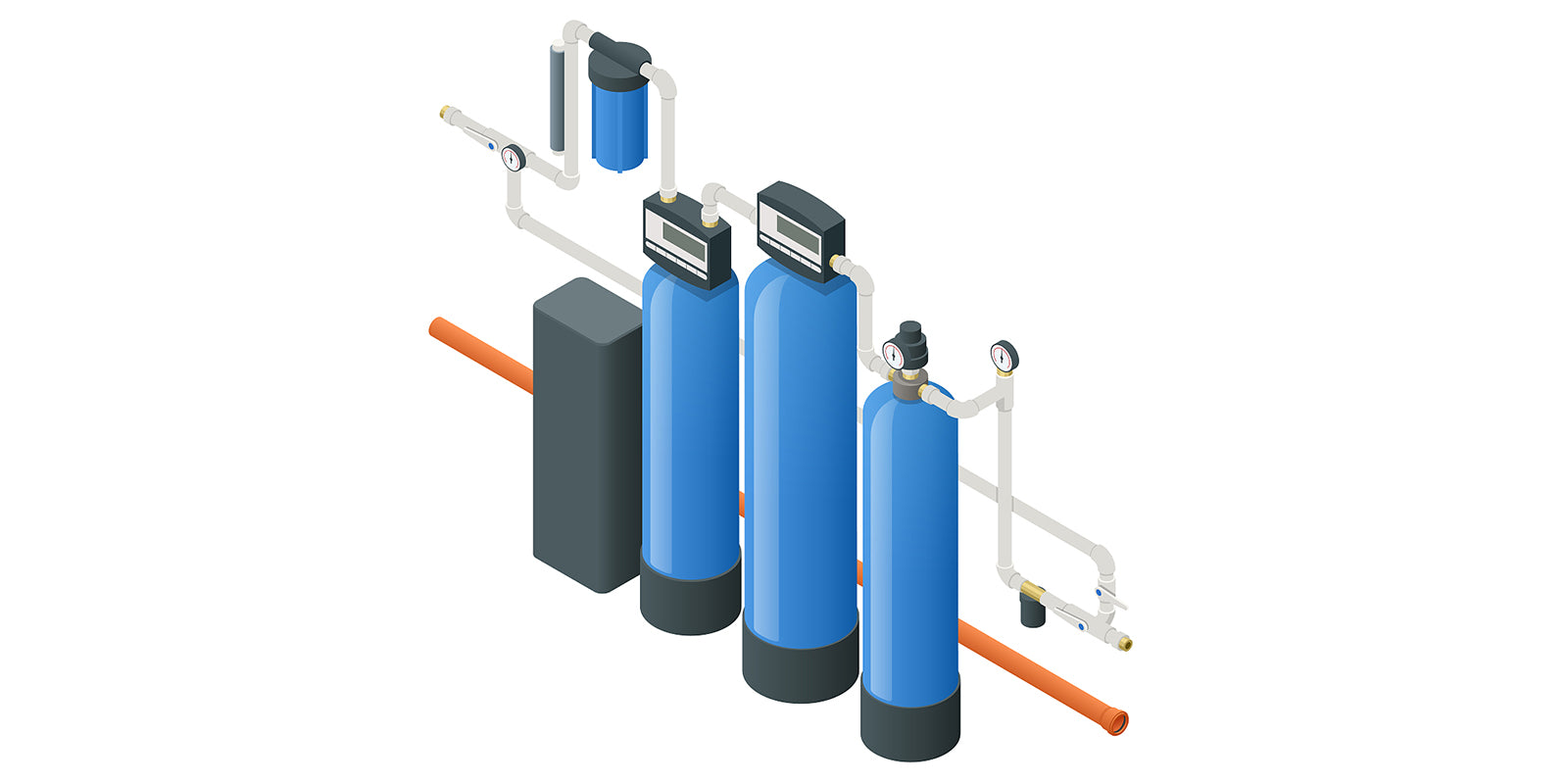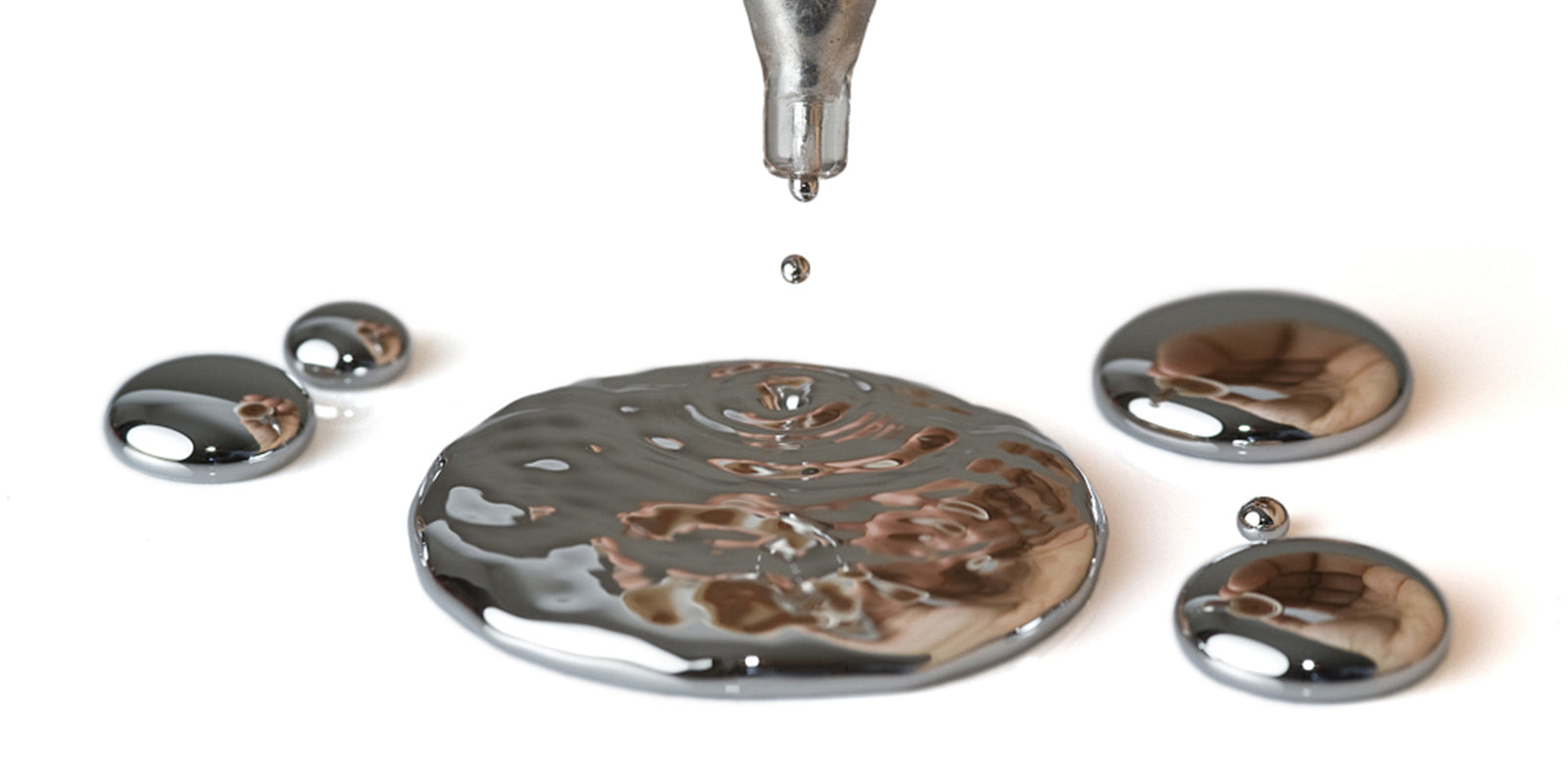Water filters can be very effective at removing a range of contaminants from your water, but what a water filter can remove really depends on the type of filter you use. The first thing you need to know is that a water filter is not a panacea, it cannot remove 100% of all impurities, but by using a combination of treatments it can filter 99.99% of them. By using a combination of these types of filters, along with one or more other treatment methods, you can remove almost anything from the water.
What is water filter?
Water filters remove impurities by reducing water contamination using fine physical barriers, chemical processes or biological processes. Filters purify water to varying degrees for purposes including: providing agricultural irrigation, accessible drinking water, public and private aquariums, and safe use of ponds and swimming pools.

What do water filters remove?
There are hundreds of physical, chemical, biological and radioactive elements that are removed by water filters, including lead, chlorine, bacteria, calcium, minerals, salt and carcinogens. Most drinking water purification methods are designed to remove most of these contaminants. Several of these contaminants are critical to water quality.
Sand, Silt, and Sediment
Most pure physical water filters remove dirt, silt, sand, and sediment from the water. These filters are part of most types of water treatment systems because large particles can easily damage more delicate water treatment equipment, such as reverse osmosis membranes.
Chlorine
Chlorine is widely used as an effective sanitation agent. While it works great, it often leaves behind an unpleasant taste and smell. Chlorine has also been shown to increase cancer risks by as much as 93%. Chlorine alone is not the whole problem; it is the combination of chlorine with other compounds in our water. Chlorine can also cause stomach issues by eliminating beneficial bacteria and precipitating a weakened immune system.
Radium
Radium is a radioactive material found naturally in the earth. Radium offers no smell or taste to announce its presence. Instead, this poison silently enters our bodies and replaces calcium. This process leads to bone degradation. Exposure to radium can lead to nausea, vomiting, fatigue, hair loss, and of course, cancer.
Different kinds of water filter
Carbon filters
Carbon filters are commonly deployed in home water filters, such as those you might place over a faucet, under a sink or in a kettle. This type of filter works well to attract and adsorb contaminants, removing them from the water. This material does not require electricity to work and is cost effective, but it falls short when it comes to removing minerals and dissolved organic matter.
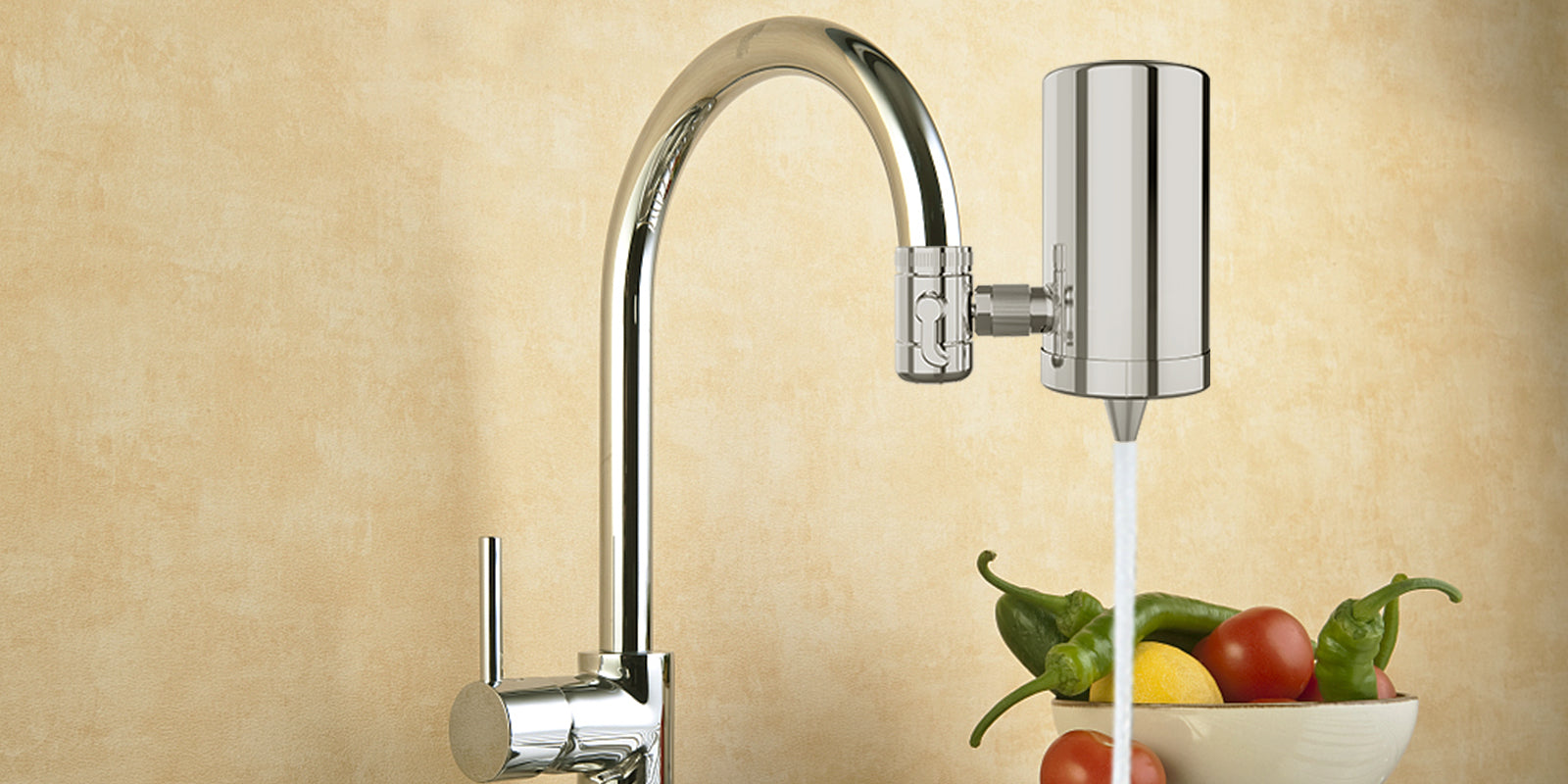
Reverse Osmosis system
In this method, they work by filtering water through tiny pores that allow only water molecules through, keeping contaminants out. This type of reverse osmosis filtration system is very effective at eliminating harmful contaminants from water.
However, they have the disadvantage that they tend to be more expensive than other types of water purifiers and require high water pressure to operate.
Ultrafiltration
Ultrafiltration filter system is one of the membrane separation technologies that uses pressure as a driving force. It aims at separating large molecules from small molecules. It can effectively remove colloid, suspended solids and more impurity and absorb the smell and taste in water.

